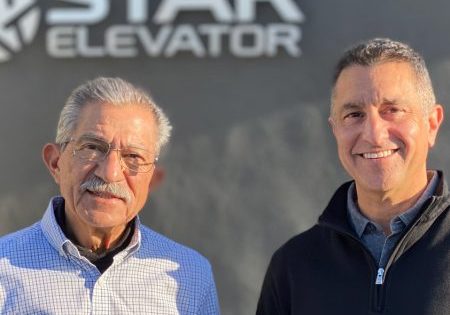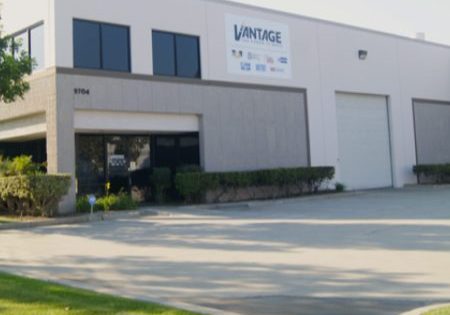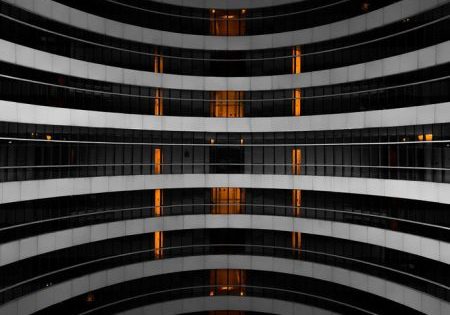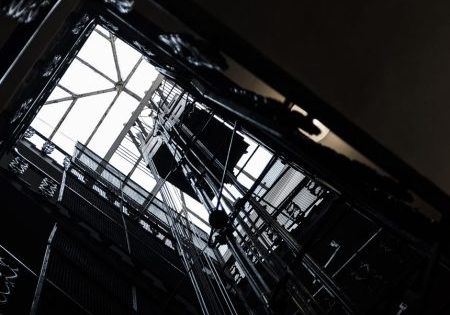Building on Strong Roots
Feb 28, 2022

In this Industry Dialogue, the director of Mitsubishi Electric US Branch Operations provides insight on the California VT market.
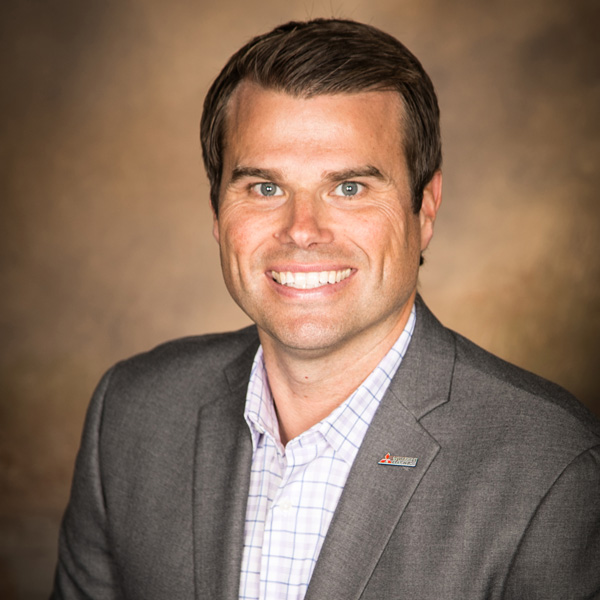
Erik Moeller (EM), director of U.S operations for Mitsubishi Electric U.S., Inc.’s elevator and escalator (E&E) division, lives in Orange County, California, with his wife and two small children and works at Mitsubishi Electric U.S.’s E&E division headquarters in Cypress, approximately 25 mi. south of Los Angeles. In addition to responsibility for vertical-transportation (VT) equipment sales, new construction, service and modernization nationwide, Moeller is very familiar with the California market. Prior to joining Mitsubishi Electric in 2007, he was a U.S. Navy pilot. He holds a bachelor’s degree in engineering from the U.S. Naval Academy in Annapolis, Maryland. At Mitsubishi Electric, he has held a number of managerial roles, providing management and field operations support for multiple branches along the West Coast. In January, he spoke with your author (KW) about the California VT market.
KW: When and how was Mitsubishi Electric U.S. established in California?
EM: Mitsubishi Electric entered the U.S. market in California in 1985 when the company landed a major contract to provide the VT equipment for Hotel Nikko in San Francisco (A “Marriage” Made in Heaven: Steve Grainer and Mitsubishi Electric US).
“In the shorter term, we see the low- to mid-rise market continuing to grow.”
KW: From the corporate headquarters in Cypress, how many offices are part of the E&E division?
EM: In California, the E&E division has offices in Cypress, Oakland, San Diego and San Francisco; in Texas, the Coppell office serves the Dallas-Fort Worth area. Our Woburn, Massachusetts, office serves greater Boston. The Lanham, Maryland, location serves the Washington, D.C., metro area. We have locations in Aiea, Hawaii; Chicago (Countryside), Illinois, serving the Midwest region; Las Vegas; and Tampa, Florida. We recently expanded into Nashville, Tennessee (EW, June 2021). We have several areas that we will be expanding into in the coming months and years.
KW: How did the pandemic affect business in California?
EM: In general, elevator usage in California has been down since the start of COVID-19. But, in recent months, we have seen it pick back up. On the maintenance side, we have been committed to providing proactive/preventive maintenance throughout the pandemic. Although usage was down, VT equipment still needed proper maintenance and we coordinated closely with our customers to ensure proper care. Our strong preventive-maintenance program during the initial phases of the pandemic allowed for seamless operations when building occupancy began to pick back up. On the modernization/new installations side, we have seen many projects shift their schedules to the right. Many projects were put on hold as owners were in a “wait and see” mode. In recent months, modernization business has begun to really pick back up, and new installation has, as well.
KW: Which cities in California generate the most business for Mitsubishi Electric, and what does that business consist of?
EM: We started our U.S. operations in San Francisco, then moved our headquarters down to Southern California, so our roots are strong throughout the state. The majority of our California business is generated in Southern California (San Diego, Orange County, L.A.), followed by our Northern California operations (San Francisco, Oakland, San Jose). Over the years, we have had lots of success in the mid- to high-rise market, and that continues.
While Mitsubishi Electric is well known for its high-rise/high-speed product, we have been focusing on being more active in the mid-rise and low-rise space. Our Diamond Trac® MRL elevator has been very successful in taller and mid-rise buildings and Class-A applications of all types since its launch in 2006. Recently, we have expanded our Diamond Trac® product line to be more compatible with lower rise applications with space-saving features. The product has a more efficient layout with a standardized side counterweight arrangement and flexible counterweight frame and platform designs that allow us to prioritize either hoistway width or depth to provide what works best for a building.
KW: What is your VT business outlook for California in the next 5-10 years, and what will be the main business drivers?
EM: In the shorter term, we see the low- to mid-rise market continuing to grow. In addition, the modernization market will continue to grow as buildings continue to age. Our ELEMOTION™ elevator modernization solution (EW, September 2021) will give us a strong product to modernize both our own products and other maker’s equipment with our best-in-class Mitsubishi Electric product line. Lastly, partnering with our sister company, ICONICS, we will be able to support solutions and the demand for “smart” buildings in “smart” cities, which is a growing trend as we look ahead here in California.
KW: Do California customers have preferences/demands that differ from those in other parts of the country? If so, please provide an example or two.
EM: Cities like L.A., San Francisco and San Diego all look at themselves as leaders in the building market. So, innovation, high-quality service and reliable equipment are very important to property owners in those markets. An example of this would be the introduction of destination dispatch (DD) years ago. Along with NYC, cities in California were among the first to really adopt the technology.
“Having been among the earliest adopters of destination-dispatch systems, California buildings are finding even more creative ways to apply the technology.”
In general, we have found developers in California have a strong focus on quality and reliability — perhaps a little more than in other areas of the country. They are keen to the positive effect higher elevator system reliability can have on the value of their buildings. Having been among the earliest adopters of DD systems, California buildings are finding even more creative ways to apply the technology. These innovative applications for DD systems are growing as developers look to differentiate their buildings using technology. We are seeing a growing demand for flexible dispatching in systems with functions like split bank operation and designs that allow buildings to adapt to changing circumstances on the fly. We are seeing a lot of integration of things like concierge robots that can place elevator calls and automated parking systems that allow the tenant to call an elevator while simultaneously requesting their car be ready when they arrive at the ground floor. These functions add to the user experience for tenants and add value in these innovative and competitive markets.
California being a seismic area, it also requires elevator systems engineered to meet those requirements, resulting in system components that have a more robust design than they might elsewhere.
KW: Could you please provide an example of a recent or ongoing California project or two of which the company is particularly proud?
EM: We are proud of our involvement with a waterfront development in San Francisco and also a huge development in the R&D District of San Diego. We’ve also completed several high rise residential projects in the Los Angeles area recently.
KW: What is most challenging about doing VT business in California right now?
EM: Along with finding qualified employees and navigating government regulations, we are all feeling challenges right now based on uncertainty about office occupancy in light of the pandemic, as well as materials shortages and rising costs.
Get more of Elevator World. Sign up for our free e-newsletter.


